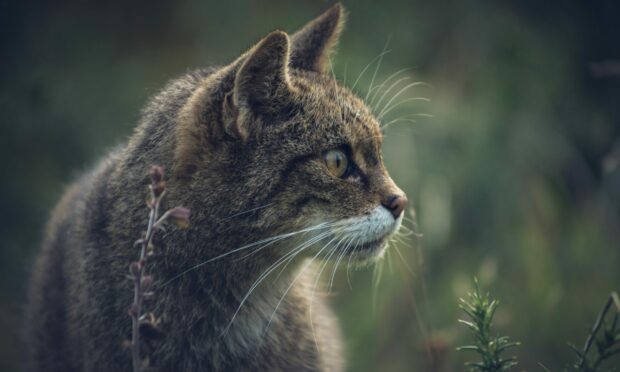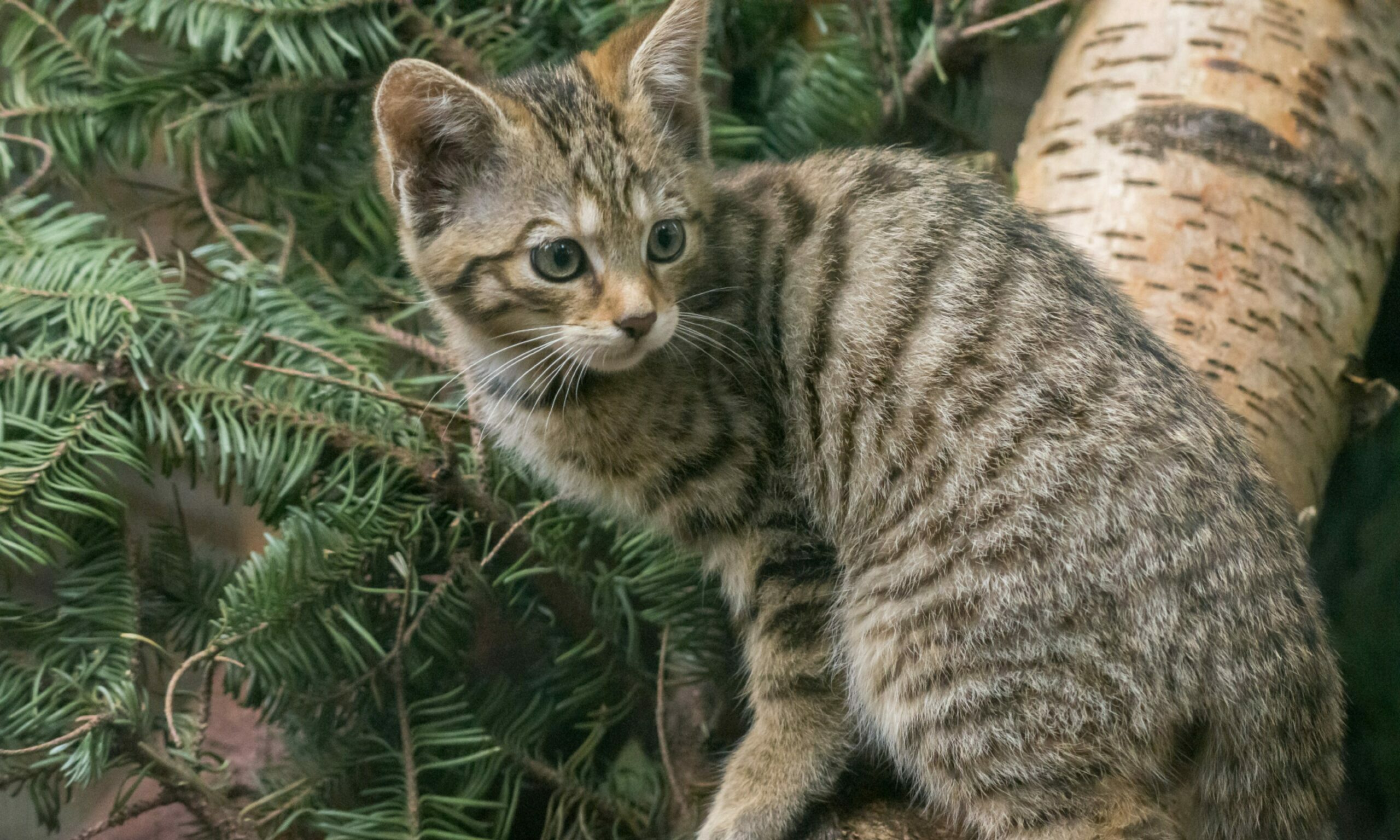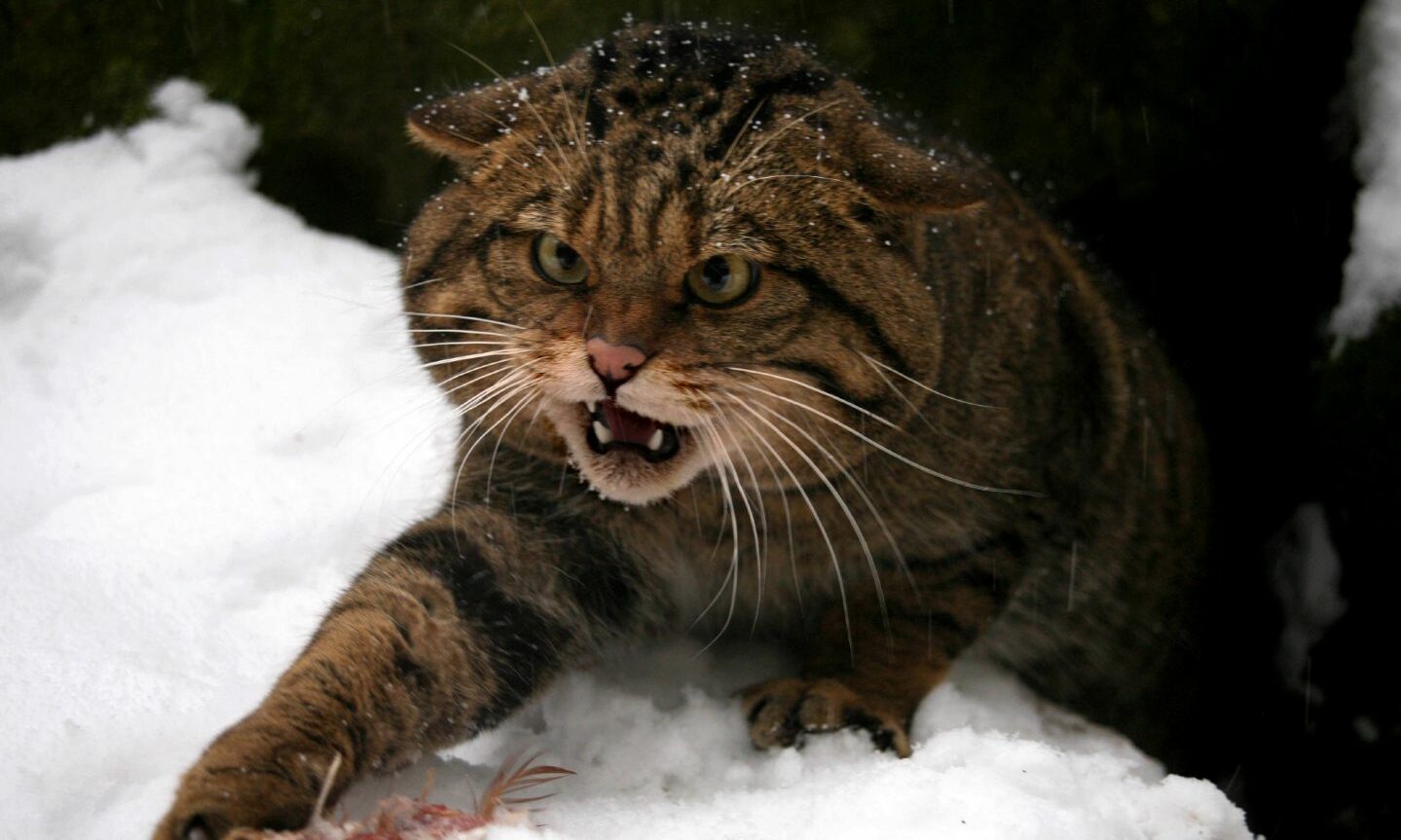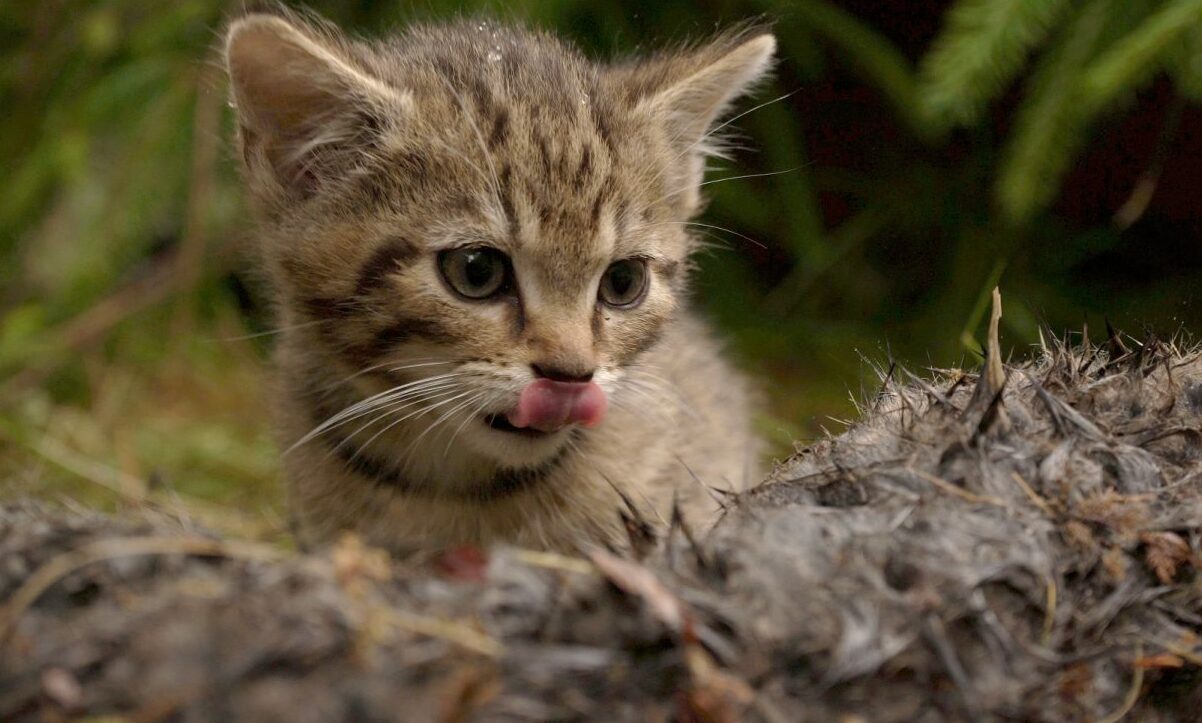Concerns have been raised about the number of wildcats that could die under plans to reintroduce them into the Cairngorms to boost their numbers.
The elusive animals are a protected species with NatureScot believing as few as 115 of them may survive, with some believing there could be even fewer.
Plans to breed and release wildcats were finalised in March as part of a program led by the Royal Zoological Society of Scotland, which runs the Highland Wildlife Park.
However, concerns have been raised by grass-roots conservation organisation Wildcat Haven about the number that could die in the process.
Concerns wildcats bred for release will not survive in the wild
Wildcats being released in the Cairngorms as part of the project will face a number of threats.
NatureScot recognises predator species and dangers from the A9 Inverness to Perth road, which runs near the Highland Wildlife Park, both pose a risk.
Now it has been revealed that the agency estimates as much as 60% of the cats could die in the first year, with a minimum of 60 expected to be released over three years. There are also warnings the rate could be higher in the early stages.
The figures have been included in the licence granted by NatureScot, which has been obtained by Wildcat Haven in a freedom of information request.
Wildcat Haven director Paul O’Donoghue said: “The mortality rates predicted are unacceptably high. The vast majority of cats released, by their own admission, will die in the first year.
“Over the course of the programme at least 36 of the 60 cats will die.
“There is scientific data from previous reintroductions that have experienced an 80% mortality rate, which would mean 48 of the 60 cats dying.”
NatureScot says a 60% mortality rate is similar to what would be expected with wildcats that have been bred in the wild.
A spokeswoman added: “Significant efforts have been made to reduce risks, but ultimately once the animals are in the wild then of course a level of mortality is expected, as would be the case in any project of this type.”
Wildcats at the Highland Wildlife Park have already been moved to special enclosures ahead of their release in June to prepare them for life in the wild.
Are wildcats extinct or not?
One of the threats the wildcat population faces in Scotland is “hybridisation”, which is what happens when domestic cats breed with their wild cousins.
Mr O’Donoghue has concerns that reference to “non-native” species in the NatureScot documentation means cats more accustomed to nights by the fire could be introduced to the wild.
NatureScot has described this as a “misinterpretation”, explaining the term refers to species that were once native to a location but have become “extinct” there.
Mr O’Donoghue said: “The wildcat is definitely not functionally extinct, we have found four in the last month. They’re not extinct, they’re just hard to find.”
A NatureScot spokeswoman explained the term had been used in previous schemes.
She said: “The term ‘non-native species licences’ is used for ‘former native’ species that were once native to a location but have become extinct there – and this can be at relatively local levels.
“So, for example, the conservation translocation of Eurasian beavers, a ‘former native’ species, to catchments in Scotland also require what are called ‘non-native species licences’.”




Conversation